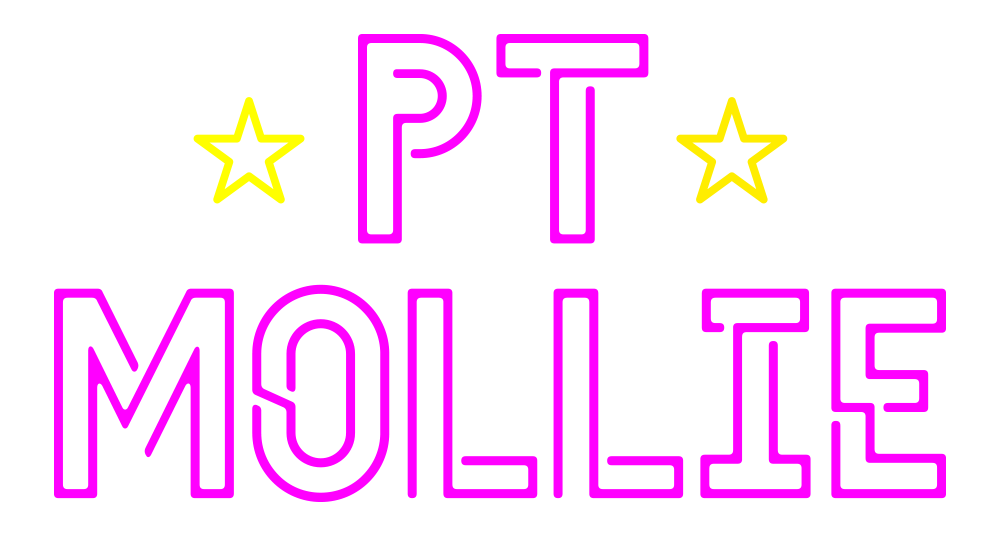One of the biggest concerns I have had is how to get my body ready for climbing Kilimanjaro. I can buy every item on the shopping list but the actual hiking is up to me. People usually assume that because I run marathons and am a personal trainer, I am pretty fit. Fit is one of those things that is hard to define. Can I run a 5K or 10K? Yes. Can I do a burpee? Kinda. Can I do a pull up? No.
My current exercise regime is teaching a 45 min indoor cycling class on Monday nights and doing a solo track session on Tuesdays. I try to go to Parkrun on Saturday mornings too. I also have been working on my running technique via corrective exercise at Function360. At least four times a week, I go on 20-30 minute dog walks in the park too. I always have good intentions of doing yoga at home, lifting weights, doing my homework from Function360 but it is hard to fit everything in around work and life (as I am sure you can relate to).
Luckily for me, there is a place in London that specializes in altitude training. The Altitude Centre, located near Bank station, offers a hypoxic training environment where the percent oxygen is 15%. At sea level, air contains 20.9% oxygen (You can read more about oxygen at high elevation here). As the amount of oxygen decreases, the heart will have to work a little harder. Breathing will feel tougher too. Time will tell how I feel when I am also carrying a rucksack and 3 liters of water.
The Altitude Centre offers an initial mountaineering consultation to help ascertain how susceptible to altitude sickness. Over 60 minutes, you review your current blood pressure, heart rate, fitness levels and try breathing the air simulated at 5000m. After my review, I learned I am average at my potential risk of altitude sickness. One red flag is that I had a poor result in the hypoxia test for both the time to recover (Tr) and time to descend (Td). Both of these measurements suggest that I would benefit from hypoxic training. My breathe hold indicated that I have a good tolerance for carbon dioxide. My Forced Vital Capacity (FVC) was mildly restricted but I have always had this result with testing for work too.
 |
| Enjoying the POD before going to work |
Based on my results, it was recommended that I attend three POD sessions a week and one fitness session. POD sessions are passive training, where you sit and breathe with an oxygen mask on for five minutes at a time at a setting the trainer selects based on previous data collected about you. During the five minutes with the mask off, the air is at 15% oxygen. You wear a monitor on your finger to record your heart rate and SpO2 (blood oxygen level), which is also graphed and recorded into your profile. I like these sessions as I don’t have to shower afterwards and can do work during the session (yeah for multi-tasking!). Another option is for passive training while you sleep but renting a chamber that goes around your bed.
 |
| Selfie on the bike. It was hard to take because I was breathing so hard. |
The fitness classes are high intensity intervals and can be done on a bicycle, rowing machine, circuits or treadmill. You can also book in solo sessions where you create your own session plan. During the session, you wear a heart rate monitor which helps measure your effort through the session and can provide an estimated SpO2. Here is the graph from one of my HIIT cycle sessions. We did variable sprints/recoveries over 30 minutes. I recommend warming up before your session starts and then cooling down and stretching in the exercise room across the hall.
The team at Altitude Centre have all climbed Kilimanjaro and have answered all of my crazy questions about peeing outside, how many snacks to bring, what the temperature was like, and how much to tip porters. They also let me know during all my POD sessions how my training was going and send me reports with my heart rate and SpO2.
I am allergic to Diamox, the medication that most people take to to help prevent altitude sickness, so am really counting on this training to help me. My GP from Walk-In Clinic recommended daily ibuprofen as an alternative from research she did in peer-reviewed literature. The Altitude Centre developed Alti-Vit, as a supplement to help people tolerate the altitude. Ingredients include Siberian Ginseng, Vitamin C, Reishi Mushroom Extract and Ginkgo Biloba. A small-scale study published in 2013 concluded that Alti-Vit improved exercise performance and helped reduce the occurrence altitude sickness in the hypoxic chamber where the experiment took place.
 |
| Sign for the summit. Let’s go girls! |
Even if you are not training to climb a mountain like I am, training at the Altitude Centre can also help you lose weight faster and improves your athletic performance as the cardiovascular system is overloaded. It will improve your circulation and immune system too. I wish I was marathon training too to reap the benefit in my running ability too. After I get back from Tanzania, I plan on signing up for my next race. Hopefully, I can continue my hypoxic training when I get back to London as I chase down my Boston Qualifying time.
Thanks to the Altitude Centre for providing me with complimentary sessions at their facility. All opinions are honest and my own.



Recent Comments